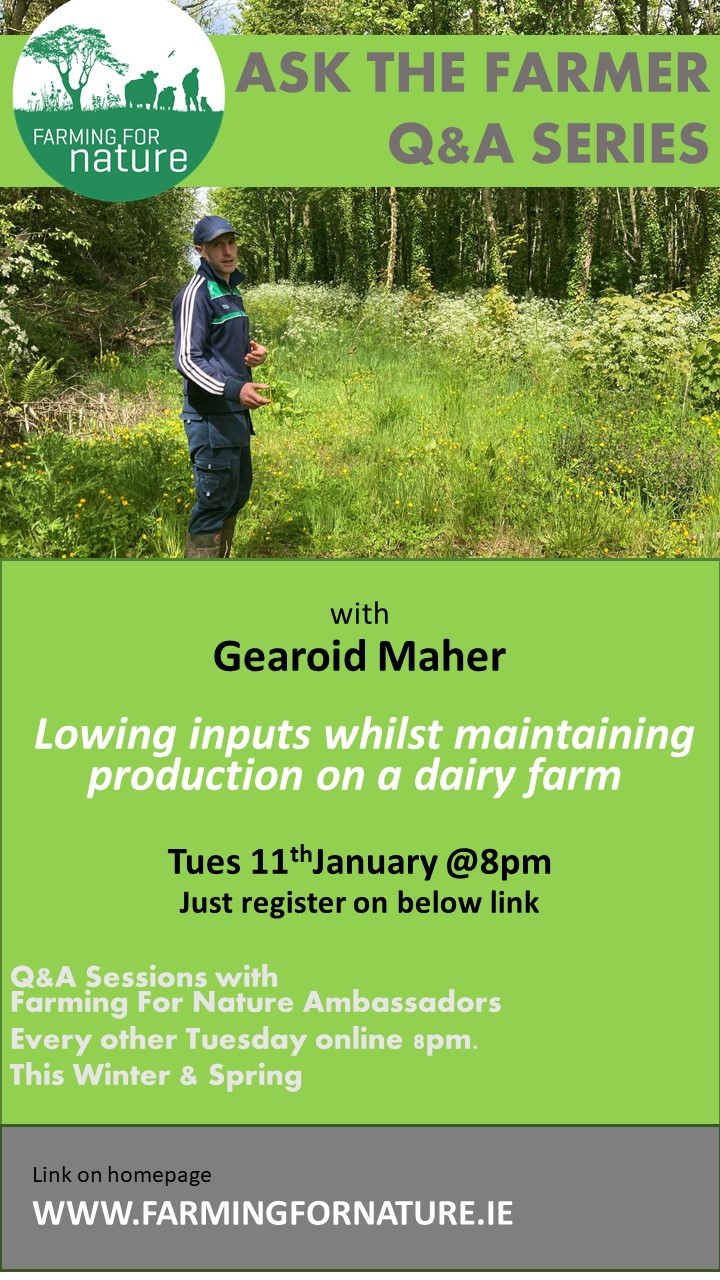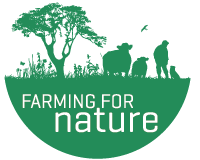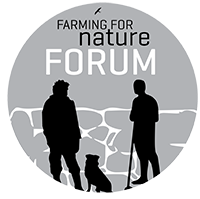How to lower inputs and remain productive on a dairy farm.
The ‘Ask the Farmer’ series runs this Winter and Spring where a number of our amazing Ambassadors will be on-line to tell us a little more about their farm and farming system and to answer your questions about farming for nature.

Gearoid Maher farms 80 hectares in Co. Limerick. He has a dairy herd of purebred friesians, milking 80 cows in total. The animals graze from mid-March to the end of October. Hay and silage are cut from the land and fed to the cattle during the winter months. Gearoid feeds locally grown sugar beet to the cows over winter, this has halved the amount of concentrates fed on the farm. The land is a heavy clay type and requires careful management. Gearoid carries out regular soil tests to determine what specific nutrients are required in each field and at what exact quantity – “I reduced my nitrogen use by approx. 25% on the farm last year as I now have the proper equipment.” He has been gradually increasing the clover content in the grassland and has sown some multispecies grass swards on the farm – with the aim of improving the soil biology and reducing the amount of fertilizer needed in the future. Gearoid is passionate about increasing biodiversity on the farm. He has planted trees all around the farm, an orchard by the house, as well as hedges and tree lines throughout the fields. There is 20 acres of forestry on the land and the aim is to thin the forest and allow the cows dig up and graze the ground vegetation which will help regenerate the forest floor. Gearoid doesn’t believe in chasing targets on his farm – he enjoys a slower pace of farming ensuring both his animals and nature thrive – “The old rule of thumb was a cow to the acre – and that has been my ethos all along. If I can farm a cow to the acre without pressure then that’s what I’ll do.”

